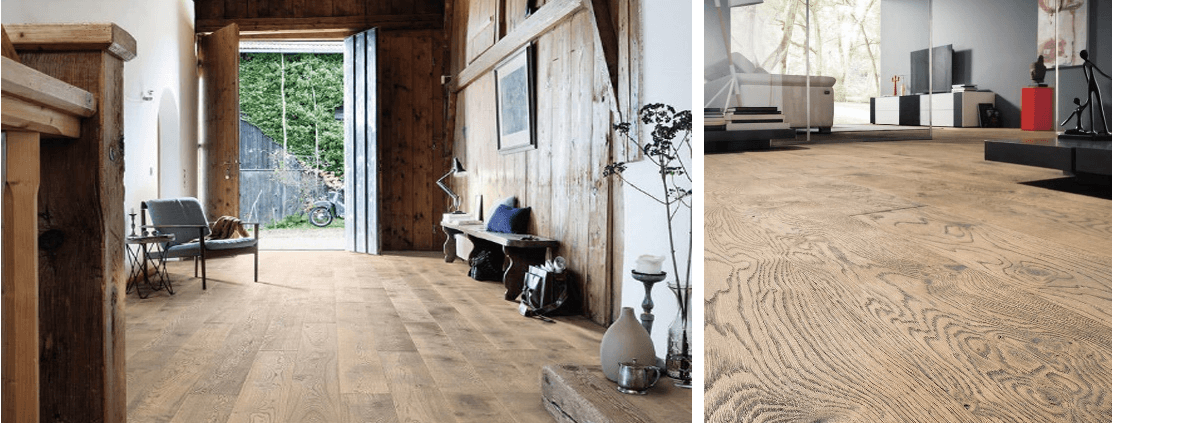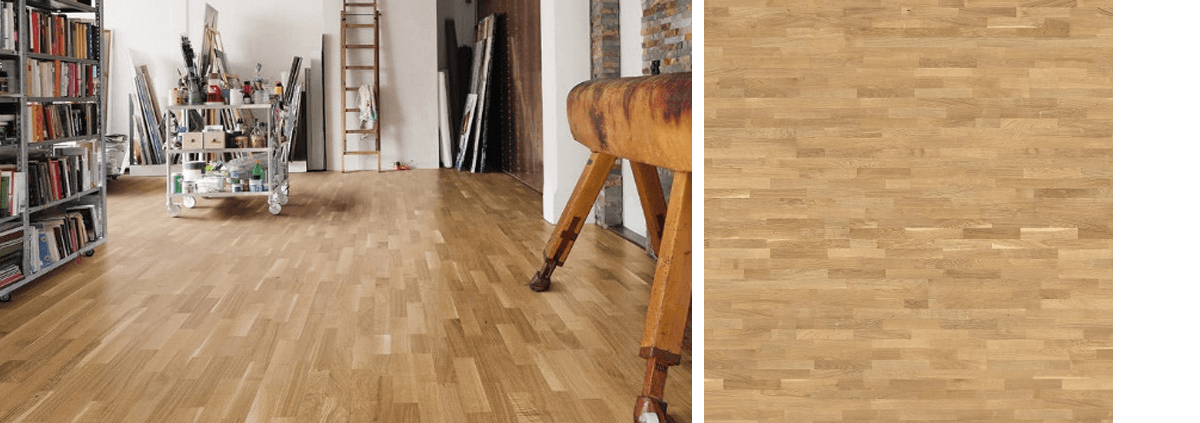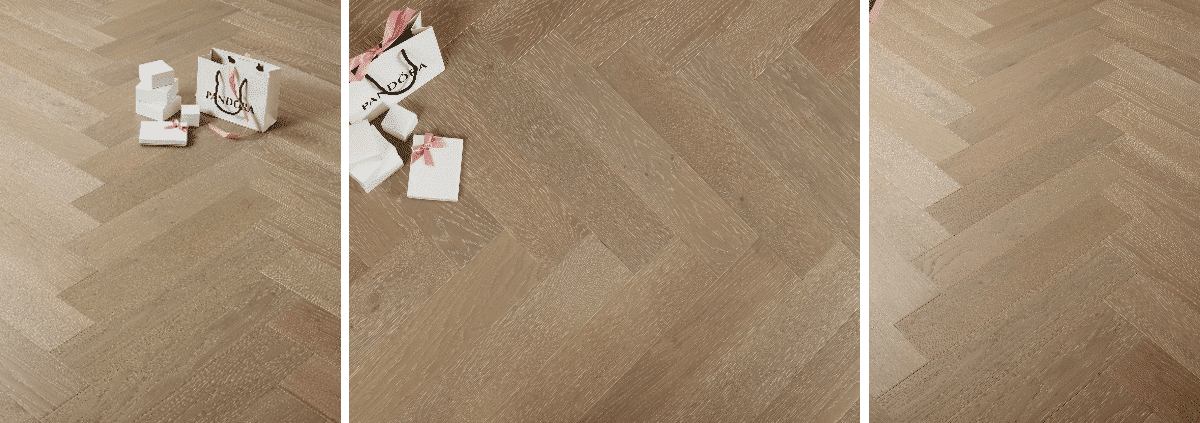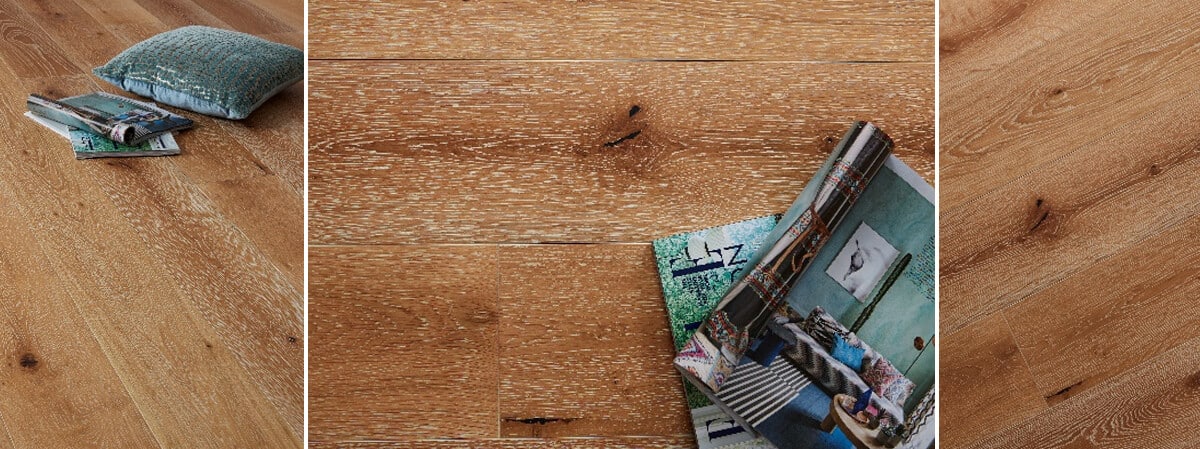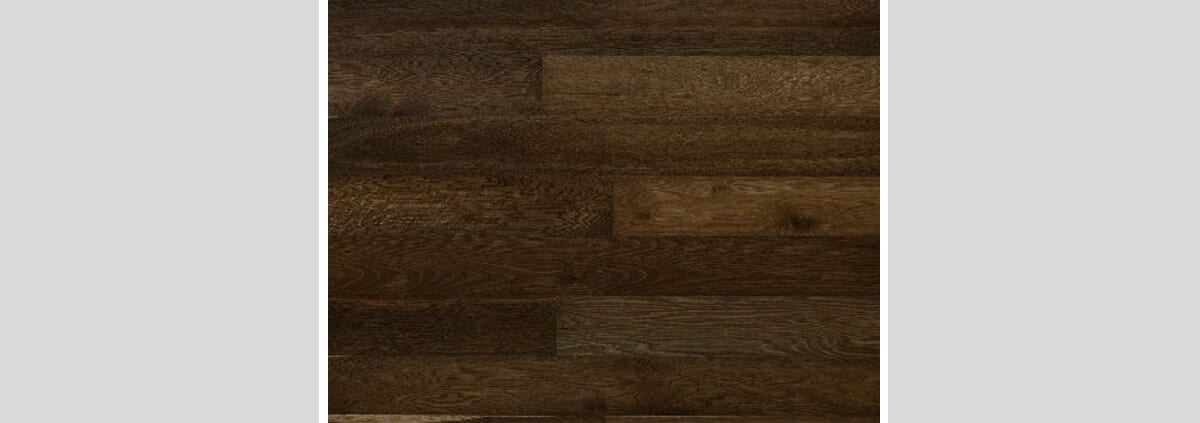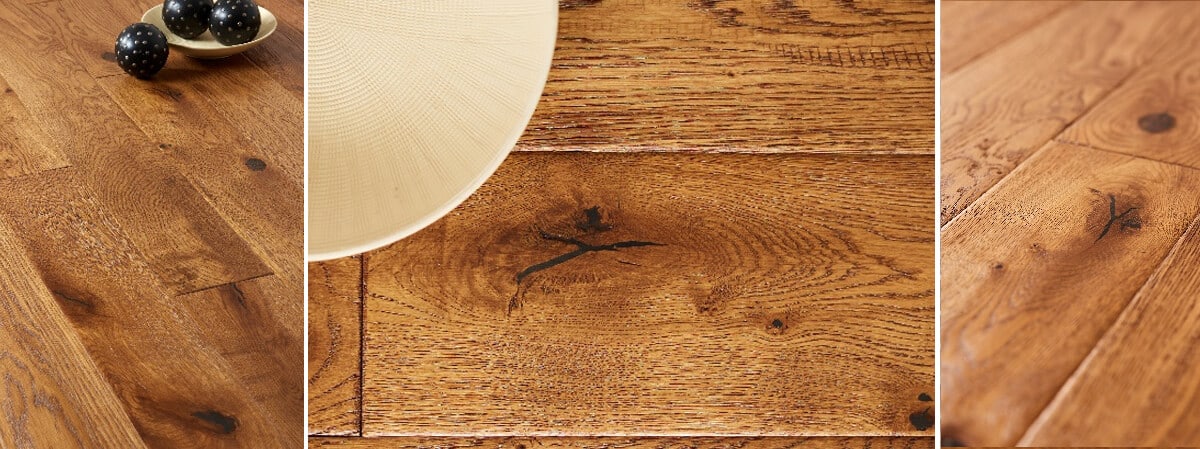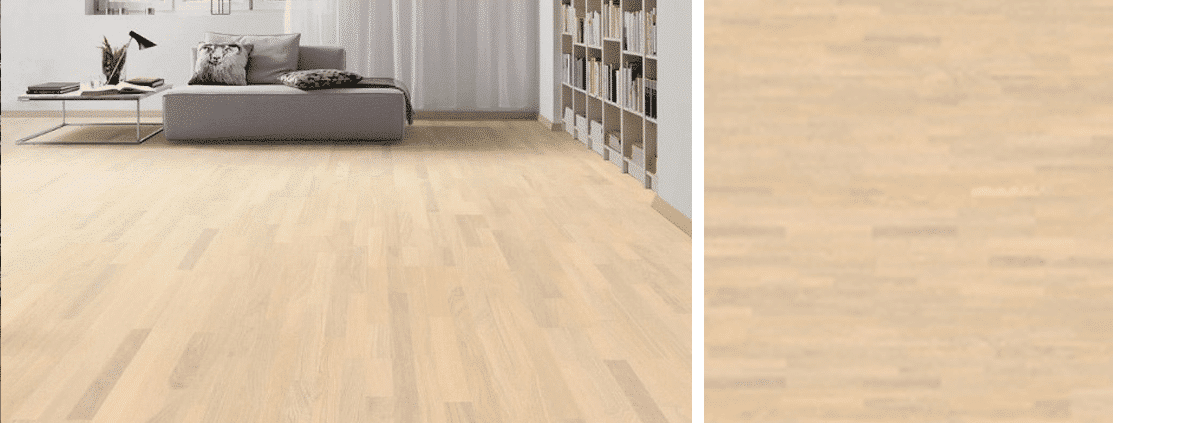sanding new hardwood floors - Instant Transformations with 7 Steps
Sanding New Hardwood Floors: A Comprehensive Guide for Homeowners
Nationwide Hardwood Flooring Company, tel 07940 528 315 email: enquiries@nhfcompany.co.uk, is your trusted partner for turning rough timber into polished, durable, and beautiful floors. This guide provides practical insights on sanding new hardwood floors, from preparation to finish, with local context for the UK and a focus on ensuring high-quality results that align with current flooring trends and budget considerations.
Introduction: Why Sanding Matters for New Hardwood Floors in the UK
New hardwood floors often arrive as raw or pre-finished planks. Sanding is essential when dealing with unfinished timber or when correcting minor imperfections after installation. Proper sanding removes surface irregularities, reveals the true character of the wood, and ensures a smooth, even base for finish coatings. In the UK market, homeowners seek durability, finish quality, and cost efficiency, all of which hinge on professional sanding and finishing practices.
What You Need to Know Before Sanding
Before you begin, consider the following to ensure a successful project:
- Wood type and grade: Oak, pine, maple, and exotic species respond differently to sanding; oak is common in UK homes for its strength and aesthetics.
- Current floor condition: New floors may have surface coating or be in raw condition; identify any nails, staples, or subfloor irregularities.
- Finish options: Oil, polyurethane, or water-based finishes affect sanding depth and interim drying times.
- Moisture content: Wood moisture should be within the recommended range for your environmental conditions to prevent later cupping or gaps.
- Access and disruption: Plan the project around household schedules, especially in areas like kitchens and living rooms.
Local Context: Sanding New Hardwood Floors in the UK
In the UK, urban centers such as London and surrounding counties are characterized by varied subfloor types and moisture levels. When selecting a contractor, look for experienced floor fitters who can assess subfloor preparation, moisture barriers, and acclimation times for hardwood. The Nationwide Hardwood Flooring Company serves clients across the region and can tailor a plan for local hotspots, including proximity to timber yards, flooring stores, and established trade networks. For context on best practices, see British Wood Academy guidelines on sanding.
Step-by-Step Guide to Sanding New Hardwood Floors
- Assessment and Preparation
- Inspect the floor for nail heads, staples, and loose boards; secure or remove as needed.
- Sort inventory of sandpaper grits: 36–40 for initial flattening, 60–80 for leveling, and 100–120 for final smoothing.
- Protect adjacent surfaces with masking tape and coverings to prevent dust migration.
- Subfloor and Moisture Checks
- Test moisture content using a reliable meter and ensure it aligns with the wood species and finish requirements.
- Install moisture barriers if the subfloor shows high humidity or moisture migration risks.
- First Pass Sanding
- Use a drum sander with coarse grit (36–40) to flatten high spots and remove old coatings or imperfections.
- Sand in the direction of the grain to minimize scratches and ensure a uniform surface.
- Intermediate Sanding
- Switch to a finer grit (60–80) to address any remaining irregularities and begin leveling.
- Roll the sander consistently and avoid staying too long in one spot to prevent gouges.
- Final Sanding and Detailing
- Use a finishing sander with 100–120 grit for a silky-smooth surface ready for finishing.
- Move carefully around edges and corners with an edger to reach tight spaces that the drum sander cannot access.
- Cleaning and Dust Management
- Thoroughly vacuum the entire area and seal adjacent rooms to control dust infiltration.
- Inspect the surface for remaining dust; wipe with a tack cloth before applying finish.
- Finishing Options and Curing
- Choose between oil finishes for a natural look or polyurethane for durability and ease of maintenance.
- Consider 2–3 coats for enhanced protection; allow proper curing time between coats as recommended by the product manufacturer.
- Ensure proper ventilation during curing to reduce odour and improve drying times.
Finish Options: How to Choose the Right Look
Finishes affect durability, colour depth, and maintenance requirements. Here are common choices:
- Oil finishes: Enhance natural grain, offer a tactile feel, but require periodic reapplication.
- Water-based polyurethane: Clear, fast-drying, and low odour; preserves original colour but can be less warm in tone.
- Alkyd/polyurethane blends: Balance durability and aesthetic warmth; suitable for living spaces with heavy traffic.
Cost Considerations: Sanding New Hardwood Floors on a Budget
Investing in professional sanding ensures a high-quality finish and reduces the risk of errors that can be costly to correct later. Factors that influence cost include floor area, wood species, existing finish, subfloor condition, and access limitations. The Nationwide Hardwood Flooring Company offers transparent quotes and can tailor a plan that balances price with long-term value, including pre- and post-sanding services such as matching cove baseboards and transition strips.
Choosing the Right Professionals in the UK
When selecting floor contractors or fitters for sanding new hardwood floors, consider:
- Experience with the specific wood species and finishes you plan to use.
- Evidence of past projects, including photos or testimonials, even if you avoid public case studies.
- Clear communication about prep work, drying times, and warranty coverage.
- Compliance with local building codes and moisture management standards.
Maintenance After Sanding
Proper maintenance extends the life and beauty of your newly sanded floors. General tips include:
- Use clean, non-abrasive flooring cleaners and avoid excessive water on wood surfaces.
- Place felt pads under furniture legs to prevent dents and scratches.
- Recoat as recommended by the finish manufacturer to preserve the protective layer.
Local Hotspots and Interesting Facts About the Location
The UK region served by Nationwide Hardwood Flooring Company features a rich history of timber trade and craft. Proximity to sawmills, timber yards, and flooring stores informs a practical approach to sourcing material and scheduling installations. In major cities, you will often find expert floor fitters who can quickly assess subfloor conditions and moisture needs, reducing downtime and ensuring a high-quality sanding job. Local hotspots include traditional carpentry workshops, design studios, and home improvement retailers where homeowners can view samples of oak flooring, herringbone patterns, and engineered wood options in person.
FAQ: Sanding New Hardwood Floors
- How long does it take to sand new hardwood floors?
- Typical sanding and finishing can take several days, depending on floor size, finish drying times, and whether a stain is involved.
- Is sanding necessary for pre-finished floors?
- Sanding may be necessary if defects are present or if refinishing is planned to alter colour or texture.
- Can I sand floors myself?
- Professional sanding is recommended to avoid gouges, uneven edges, and insufficient dust control.
Why Choose Nationwide Hardwood Flooring Company
With a focus on quality, affordability, and local expertise, Nationwide Hardwood Flooring Company offers comprehensive services for sanding new hardwood floors, including assessment, subfloor preparation, proper sanding with appropriate grit sequences, and durable finishing options. The company’s local knowledge ensures compatibility with UK environmental conditions, regulatory considerations, and typical household layouts. Contact details remain at the top of this guide for easy outreach.
Related Services and Cross-References
Beyond sanding, the company provides a full spectrum of floor installation and finishing services, including:
- Engineered wood floor installation and refinishing
- Herringbone and chevron patterns installation
- Solid oak flooring and traditional timber floor services
- Flooring shop consultations and product recommendations
Internal Links
Internal product links for reference and related options:
- Herringbone Multi-Ply Witley
- Buckingham Solid
- Balmoral Engineered Flooring
- Herringbone Solid Solid
- Loch Morar Multi-Ply Flooring
- Herringbone Multi-Ply Benton
- NHF Company Blog
- Blenheim Black Walnut Multi-Ply
- Blenheim Multi-Ply Flooring
- Herringbone Eastbury
- Wooden Floor Installation
- Herringbone Alnwick
- About NHF
- Loch Tay Multi-Ply
- Timbertop Engineered Flooring
- Herringbone ApSley
- Herringbone Chatsworth
- Loch Sheil Multi-Ply
- Loch Achray Multi-Ply
- NHF Home
- Herringbone Chalfield
- Loch Tummel Multi-Ply
- Contact NHF
- Herringbone Burghley
- Our Clients
- Loch Rannoch Multi-Ply
- Herringbone Hardwick
- Web Design London UK
- Haro Engineered Flooring
- The Primes Engineered Flooring
- Our Work
- Barn Multi-Ply Flooring
Conclusion
Sanding new hardwood floors is a pivotal step in achieving a durable, aesthetically pleasing surface. By planning meticulously, choosing the right finish, and enlisting experienced professionals like Nationwide Hardwood Flooring Company, homeowners can enjoy a long-lasting, beautiful floor that enhances their space and property value.



